Table of contents
- What is a Clock Spring?
- How Can a Faulty Vehicle Steering ClockSpring Affect the Horn?
- Signs of a Bad ClockSpring of Steering Systems
- What to Do If Your Clock Spring is Bad?
- Can You Drive with a Faulty ClockSpring?
- Why Does the Horn Stop Working Specifically?
- Fix Your Clock Spring for a Functional Horn
- Partner with Risingxx for Premium Automotive Parts
A vehicle’s horn is essential for road safety, allowing drivers to communicate warnings or alert other road users. When the horn suddenly stops working, it can be alarming. One possible culprit is the clock spring. But what exactly is a clock spring, and can it truly cause your horn to malfunction? Let’s explore this issue in detail.
What is a Clock Spring?
The clock spring, also known as a spiral cable, is a crucial component in your vehicle’s steering wheel assembly. Its primary role is to maintain electrical continuity between the steering wheel controls and the vehicle’s electrical systems, even when the steering wheel is turned.
In vehicle steering systems a clockspring or clockspring is a spiral-wound special rotary electrical conductor which allows a vehicle’s steering wheel to turn while still making an electrical connection between the steering wheel airbag and/or the vehicle’s horn and other devices and the vehicle’s electrical systems.
Functions of the ClockSpring
- Ensures proper connection for the horn.
- Enables airbag deployment in case of a collision.
- Maintains connectivity for steering wheel-mounted controls, such as audio and cruise control buttons.
When the clock spring is damaged or worn out, it disrupts these connections, potentially causing multiple systems to malfunction.
How Can a Faulty Vehicle Steering ClockSpring Affect the Horn?
A damaged clock spring can indeed cause your horn to stop working. Here’s why:
- Loss of Electrical Continuity
The clockspring carries the electrical signal from the horn button on your steering wheel to the horn relay in the vehicle’s system. If the clock spring is broken, this signal cannot be transmitted, rendering the horn inoperative. - Internal Wear and Tear
Over time, the wires or connections inside the clock spring can degrade or break due to frequent use, particularly in vehicles where the steering wheel is frequently turned. - Physical Damage
Improper installation or accidents can damage the clock spring, leading to a complete or partial loss of functionality. - Shared Circuits
Since the clockspring manages multiple functions, a faulty one may also cause issues with other components, such as airbags or steering wheel controls, alongside the horn.
Signs of a Bad ClockSpring of Steering Systems
How can you determine if your clockspring is the cause of your horn issue? Look for these symptoms:
- Non-Functional Horn: The horn does not work, even when the fuse and relay are in good condition.
- Airbag Warning Light: A faulty clock spring may trigger the airbag warning light on your dashboard.
- Malfunctioning Steering Wheel Controls: Buttons for audio, cruise control, or phone may stop working.
- Clicking Noise: You may hear a clicking sound from the steering wheel when turning it.
If you notice these signs, it’s time to inspect or replace the clock spring.
What to Do If Your Clock Spring is Bad?
1. Inspection
Before replacing the clockspring, confirm the issue with a professional diagnostic tool. This ensures the problem is not caused by a fuse, relay, or wiring issue elsewhere in the system.
2. Replacement
If the clock spring is confirmed to be faulty, it should be replaced. While replacing a clockspring can be a DIY task for skilled individuals, it’s advisable to have a professional technician handle it, especially due to its connection to the airbag system.
3. Regular Maintenance
To prevent clock spring issues in the future, ensure regular maintenance and avoid forceful steering wheel movements that could strain the component.
Can You Drive with a Faulty ClockSpring?
Driving with a bad clock spring is not recommended. Beyond the horn issue, it can disable critical safety features like the airbag system. This increases the risk of injury in the event of a collision. Addressing the issue promptly ensures both functionality and safety.
Why Does the Horn Stop Working Specifically?
The horn’s functionality relies on a simple circuit, and the clock spring plays a pivotal role in it. When you press the horn button, it sends an electrical signal through the clockspring to the relay, activating the horn. If the clock spring is faulty, this circuit is interrupted, preventing the horn from working.
Additionally, because the horn circuit is used frequently, the wires in the clockspring are prone to wear and tear over time, making it one of the first symptoms of a failing clockspring.
Fix Your Clock Spring for a Functional Horn
A faulty clock spring can indeed cause your horn to stop working. It is a vital component that maintains electrical connections in your steering wheel, and its failure can lead to multiple malfunctions, including the horn, airbag system, and steering wheel controls.
To restore your vehicle’s horn and other critical functions, consider inspecting and replacing the clock spring promptly. Regular maintenance and timely repairs can prevent further complications.
Partner with Risingxx for Premium Automotive Parts
If you’re looking for high-quality clock springs or other automotive replacement parts, Risingxx has you covered. As a trusted B2B supplier, we specialize in premium auto parts and aftermarket solutions for global markets.
Visit rsgoauto.com to explore our range of products, or contact us directly at sales@rsgoauto.com. For quick inquiries, reach us via WhatsApp at +8617306017741. Let Risingxx provide the reliable automotive solutions your business needs!


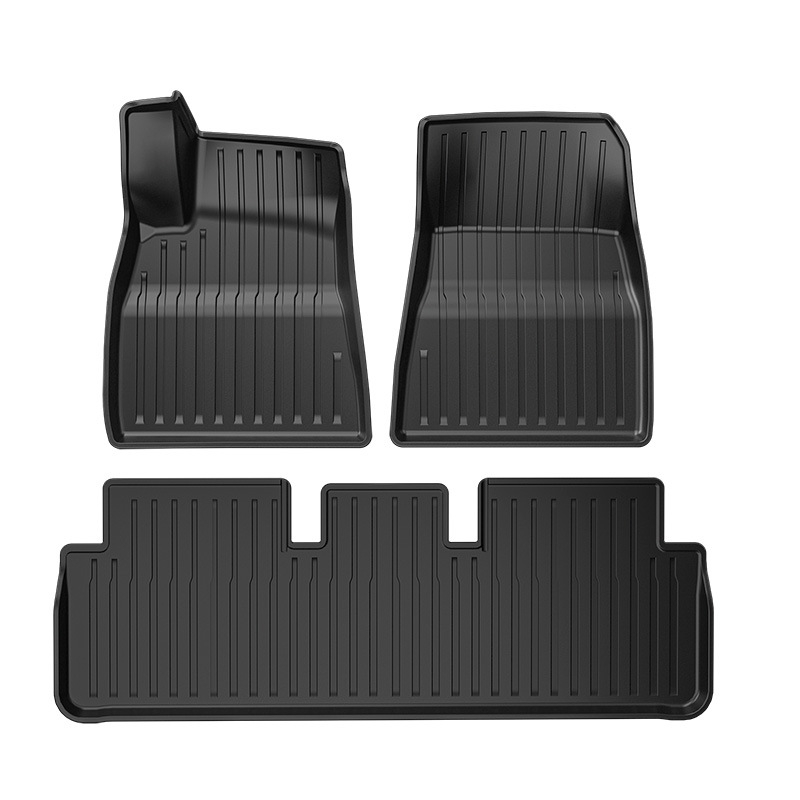
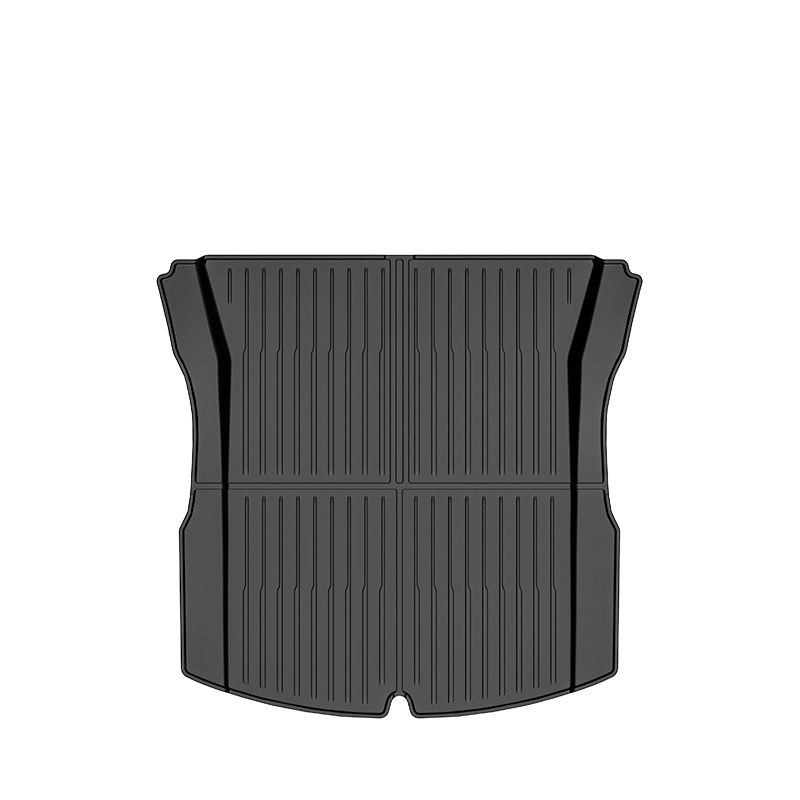
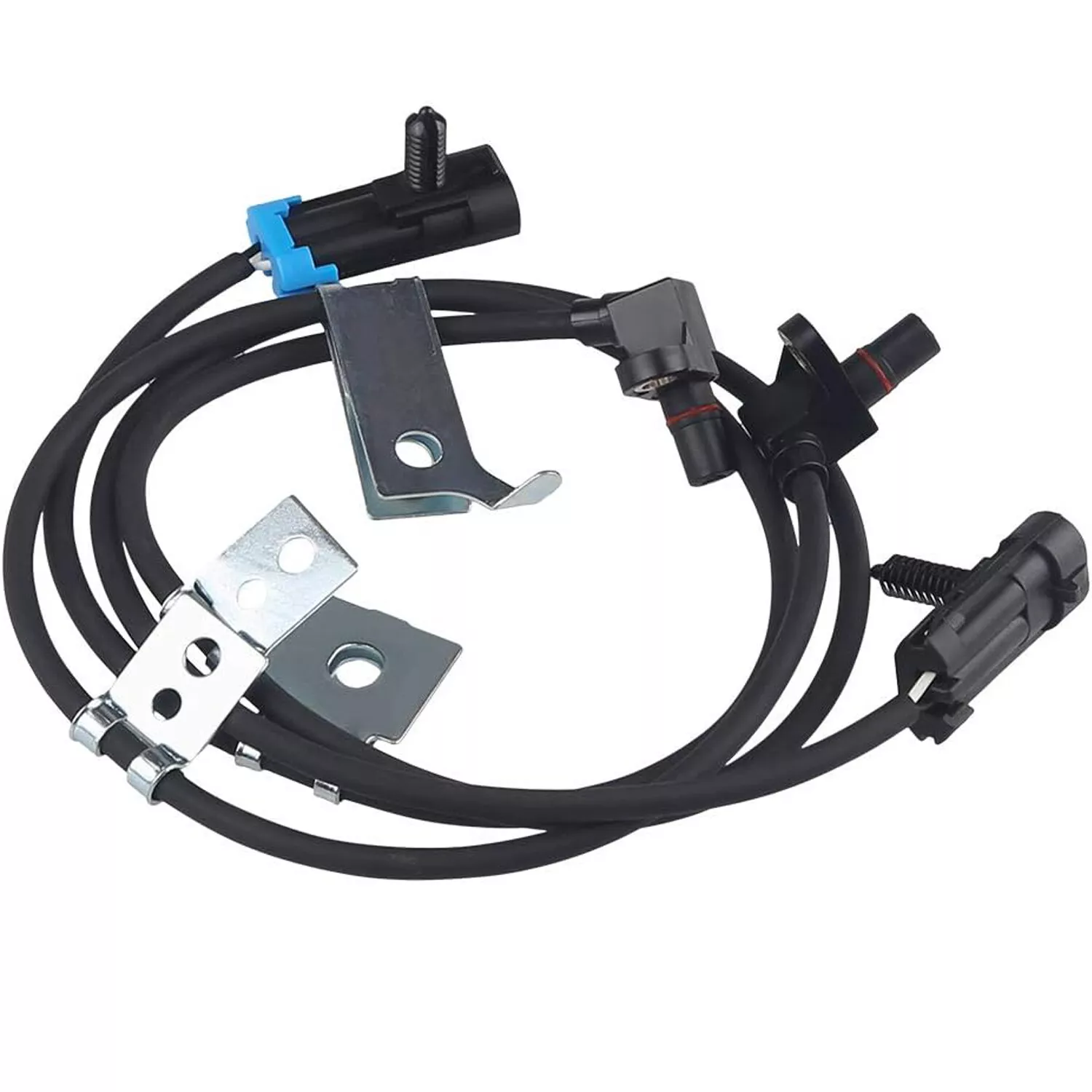
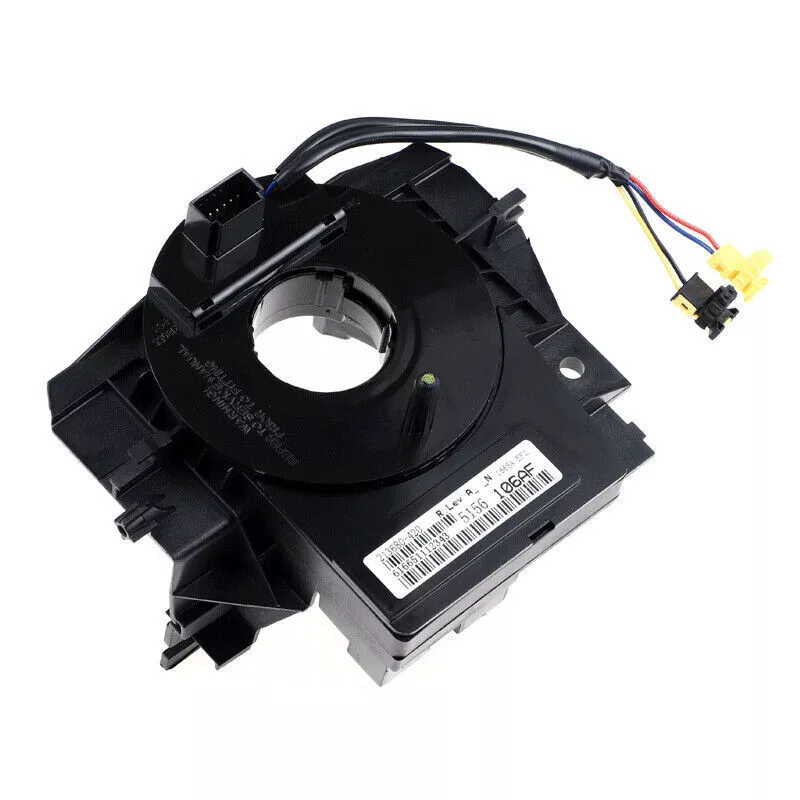
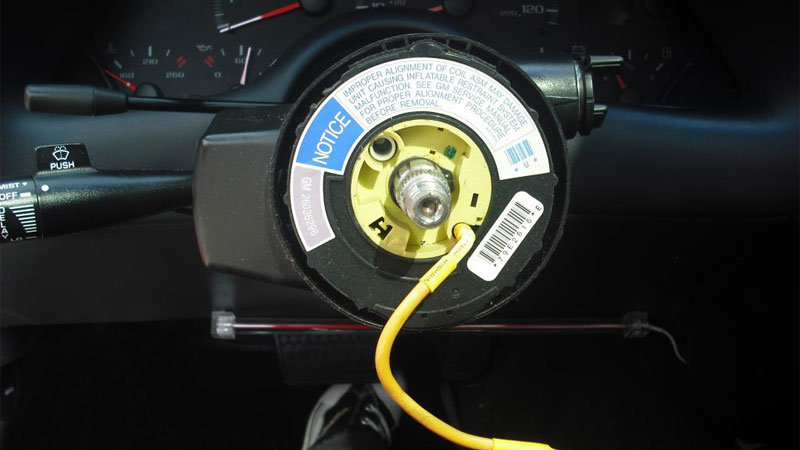
Error: Contact form not found.